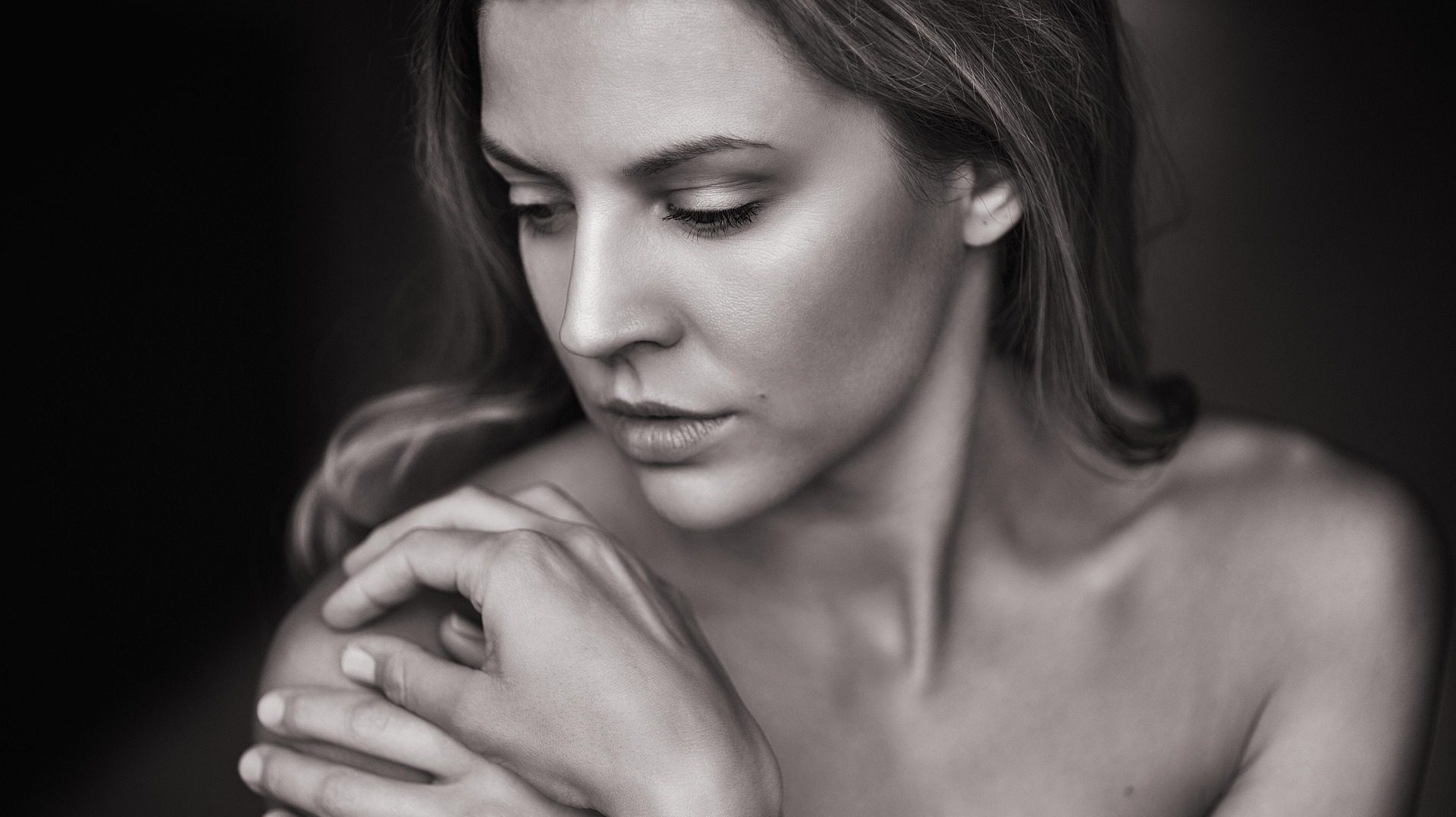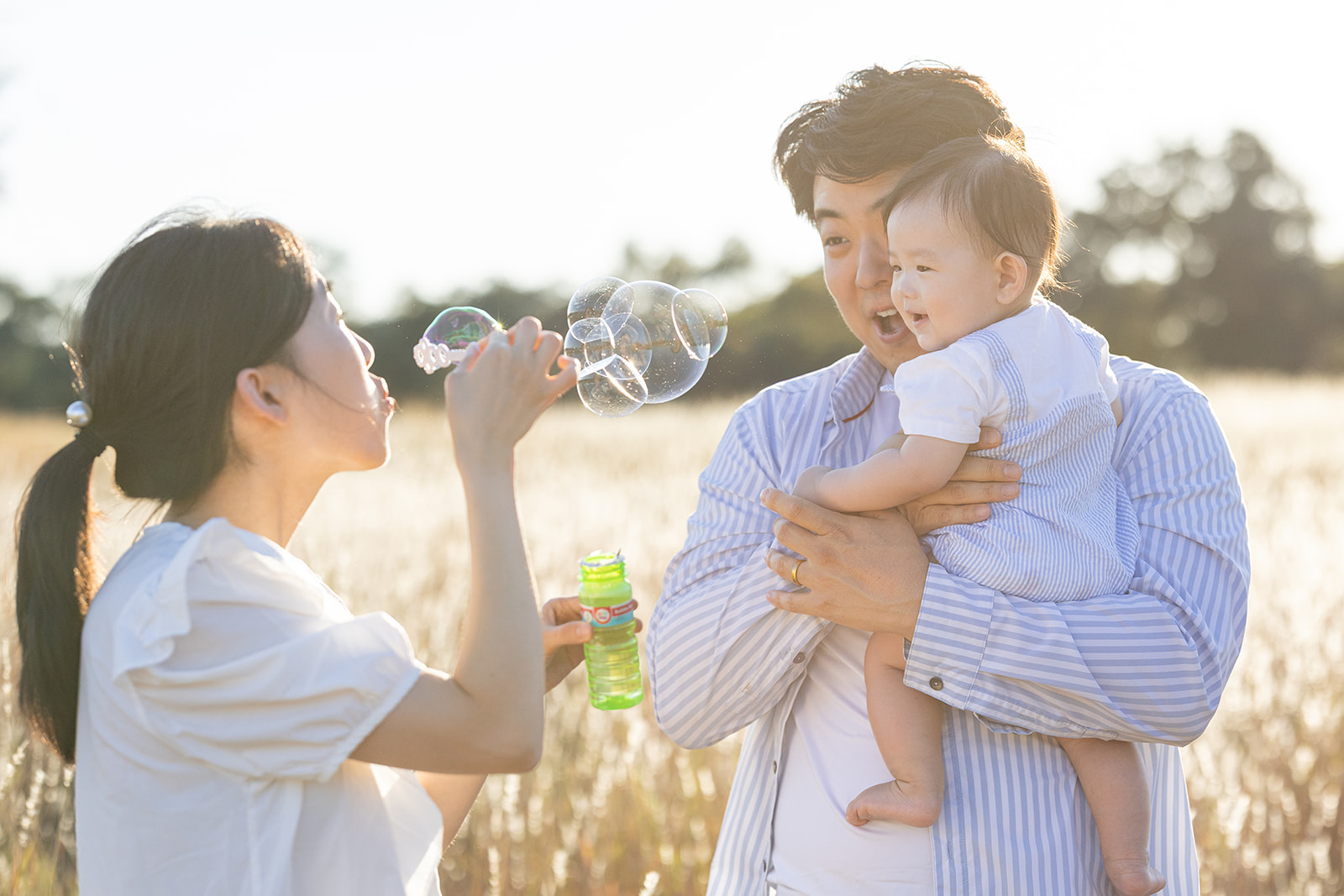
In a world full of visual noise, minimalist portrait photography offers something refreshingly different: clarity. Simplicity. Focus. In a minimalist portrait, the background fades away — and all that’s left is you.
It’s not about empty space for the sake of it. It’s about stripping away distractions to reveal what matters most. The connection. The emotion. The presence. A minimalist portrait doesn’t shout — it whispers something powerful.
This post is for anyone curious about this style — whether you’re a photographer or someone thinking of booking a session. We’ll explore what minimalist portraiture is, why it matters, how it’s done, and how it might be exactly what your story needs.
What Is a Minimalist Portrait?
Minimalist portraits focus on simplicity. Fewer elements. Clean backgrounds. Subtle tones. But this simplicity doesn’t mean boring or empty — it’s intentional.
In these portraits:
- The subject is the clear focal point.
- The background is neutral, soft, or unobtrusive.
- Light is carefully used to sculpt, not overwhelm.
- Poses are natural, relaxed, and open.
Minimalism isn’t just a look. It’s a feeling — of space, of quiet, of being truly seen.
Why Minimalism Works So Well in Portraiture
We’re constantly surrounded by busy — busy visuals, busy lives, busy feeds. When you come across an image that feels quiet and calm, it stands out.
Here’s why minimalist portraits are so powerful:
- They focus on the person. Nothing distracts from your face, your expression, your energy.
- They feel timeless. Without trendy props or backdrops, these images age beautifully.
- They adapt to anything. A minimalist portrait works just as well on a business website as it does framed in your home.
- They make space for emotion. When the visual clutter disappears, what’s left is feeling — and connection.
It’s not about removing all interest. It’s about keeping only what’s essential.
What Makes a Minimalist Background
A minimalist background doesn’t have to be a blank white wall (though it can be). It just needs to support the subject, not compete with it.
Here are some common minimalist backdrops:
- Solid-color walls in soft tones (white, beige, gray, black)
- Fabric drops or seamless paper
- Architecture — clean lines, neutral surfaces
- Natural settings with open skies, empty fields, or clean textures
- Shadow and light — using contrast as the backdrop itself
In many cases, I use only one wall and natural light. Nothing extra. Just intention.
The Role of Lighting in Minimalist Portraits
Light becomes your biggest tool when you’re working minimally. Without elaborate scenes or layered depth, lighting does the sculpting.
In my sessions, I typically use:
- Natural window light with sheer diffusion
- Soft directional light to bring out bone structure
- Controlled shadows to add mood
- Side lighting for drama or intimacy
Minimalist lighting is rarely flat. It’s quiet, but dimensional. And it can say a lot with very little.
What to Wear for a Minimalist Portrait Session
Clothing plays a huge role. Since the background is minimal, your wardrobe becomes part of the composition.
Here are my go-to tips:
- Stick with neutrals or earth tones
- Avoid logos, busy patterns, or neon
- Use texture instead of print (linen, knit, denim)
- Think clean lines and modern silhouettes
- Bare feet or simple footwear if shooting full-length
I also encourage people to bring one bold element — a scarf, a blazer, a strong lip color — just to play. But overall: simple = strong.
Posing for Minimalism: Less Is More
In minimalist portraits, posing isn’t about variety — it’s about depth.
Instead of trying a dozen positions, we slow down. We sit in the same posture and explore small shifts — a turn of the chin, a softer gaze, a moment of stillness.
It’s not static. It’s meditative.
I often direct with phrases like:
- “Take a breath and close your eyes.”
- “Look just past me, like you’re remembering something.”
- “Drop your shoulders and feel your weight settle.”
These portraits become less about performance — and more about presence.
Who Should Book a Minimalist Portrait Session?
Anyone.
But especially people who:
- Don’t love being in front of the camera
- Want images that feel genuine
- Prefer clean design and timelessness
- Are rebranding, pivoting, or entering a new season of life
I’ve photographed entrepreneurs, artists, therapists, writers, mothers, and teenagers — all in minimalist settings. Each person brings their own energy, and the simplicity of the space lets that shine.
Minimalism Isn’t About Perfection
It’s easy to assume that clean, simple portraits mean polished and flawless. But actually — minimalism allows room for vulnerability.
With less background, you’ll notice more emotion. More subtlety. More humanity.
You might see a shadow under the eye. A moment of hesitation. A burst of laughter. That’s where the magic lives.
The clean setting doesn’t erase reality. It highlights it.
Minimalism in Branding Photography
Minimalist portraits work beautifully for professionals, especially in personal branding. Why?
Because they’re flexible. They can be:
- Cropped for headshots
- Used for website hero images
- Placed next to copy without distraction
- Adapted into social content easily
If you’re building a website or online presence, these kinds of photos work hard. They support your brand without taking over.
Minimalism and Emotional Connection
One of the biggest surprises in minimalist portraiture is how emotional the result can be.
By removing visual clutter, the image becomes about your face. Your eyes. Your presence. It invites the viewer to lean in.
Clients often tell me they didn’t expect such intimate results from such a simple setting.
But that’s the beauty of it: you don’t need more. You just need truth, light, and space.
How to Prepare for a Minimalist Portrait Session
Here’s what I tell clients:
- Choose clothing that feels comfortable and intentional
- Arrive well-rested and hydrated
- Trust that stillness is powerful
- Don’t try to act — just be
Bring options, but don’t overthink. Simplicity lets us focus.
My Approach as a Photographer
When I plan minimalist sessions, I:
- Pick 1–2 locations only
- Use natural light or one soft source
- Prioritize calm and trust
- Guide posing gently, conversationally
- Aim for emotion over perfection
Minimalist doesn’t mean rushed. It means deliberate. We’re not chasing variety — we’re cultivating depth.
Where We Can Shoot in Austin
Austin offers beautiful minimalist-friendly spots:
- Indoor studios with neutral walls and soft light
- Open fields at golden hour
- Modern architecture with simple shapes
- Your home — clean corners, favorite chairs, windows
You’d be surprised how powerful a plain wall and a window can be.
Final Thoughts
Minimalist portraits aren’t just a style — they’re a mindset.
They ask: who are you when nothing else is competing?
They give space. They give stillness. They give you a chance to be seen without noise.
In a busy world, that kind of simplicity is rare. And beautiful. And deeply human.
If you’re craving portraits that feel clean, timeless, and truly personal, minimalist photography might be exactly what you need.
Let’s make something honest together.



